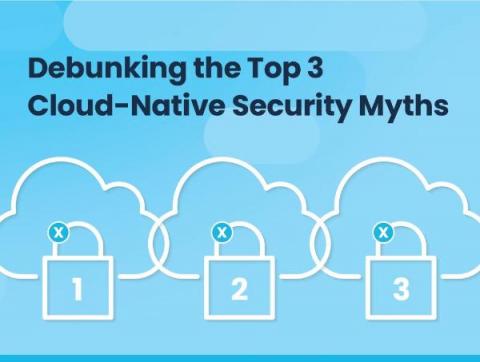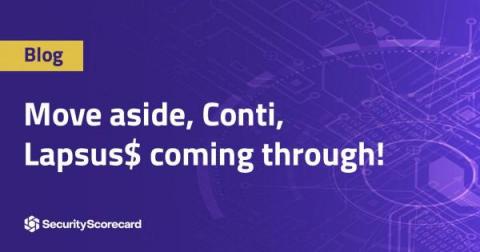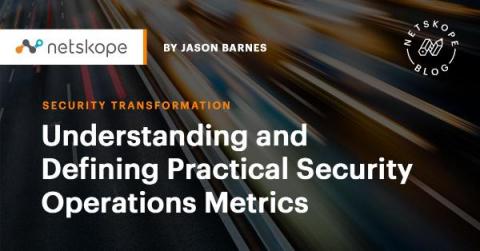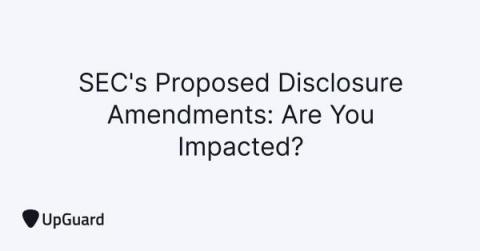Debunking the Top 3 Cloud-Native Security Myths
By 2023, over 500 million digital apps and services will be developed and deployed using cloud native approaches. To put that in perspective, more applications will be developed on the cloud in a four-year period (2019-2023) than the total number of apps produced in the past 40 years. Clearly, organizations are buying into the cloud. But the question is: Do they fully understand it? And do they know how to secure the applications they built within it?











